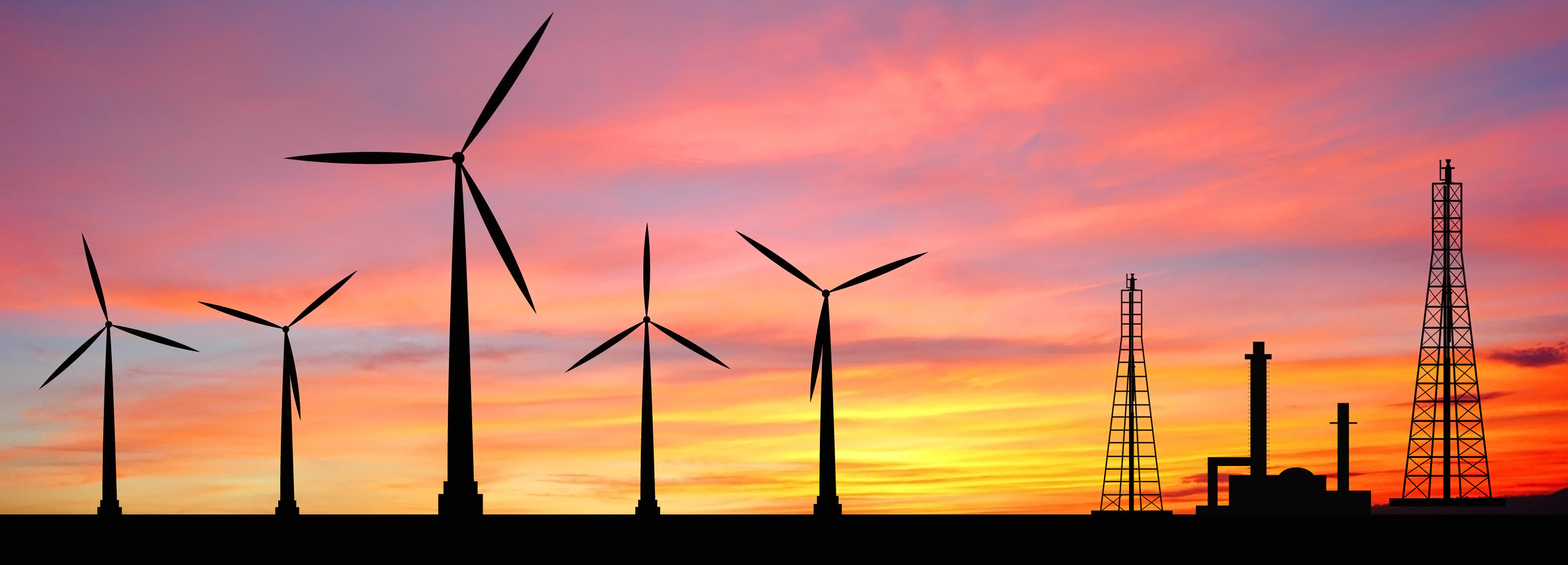In today’s talking points: Australia’s energy crisis cannot be fixed overnight;Australia’s energy crisis cannot be fixed overnight;Australian consortium launches world-first digital energy marketplace for rooftop solar;CEFC backs 300 new solar powered low-income homes for Sydney.
Australia’s energy crisis cannot be fixed overnight
Catherine Tanna, the head of Energy Australia – one of the country’s biggest power utilities – has said that the crisis with the country’s energy supplies cannot be fixed overnight. Energy Minister Josh Frydenberg agreed and attributed this crisis to a number of different factors including too little production of gas while two thirds of supply being exported, and moratoriums and bans on gas exploration. He remarked that “to bring gas prices down sustainably, over the long term, we need more supply.” Gas shortages have been predicted as early as the summer of 2018, leading to significant increase in prices for gas and electricity. Recently, Malcolm Turnbull has met with gas producers to find a solution. Tanna expressed a need for the moratoriums to be lifted and opted for a more conservative operation of the national electricity market.
Read more at The Sydney Morning Herald
China emerging as a true leader in a move towards renewable energy
A representative of Greenpeace East Asia, Li Shuo has reported that China has transformed from being a reluctant body in the move towards climate change to a true leader in renewable energy. China has invested in a $474 billion renewable energy program, installing solar and wind farms across the country. Their initiative has certainly shown results as the National Bureau of Statistics reported that coal consumption has been decreasing for the past three years. In 2016, there was a 4.7 percent fall in coal consumption. Coal burning is a major cause of the country’s pollution. By 2030, China hopes to peak its carbon dioxide emissions. Currently, the population of 1.35 billion produce double the amount of CO2 emissions as the United States, the world’s second largest contributor to pollution. Tim Buckley of the Institute for Energy Economics and Financial Analysis has highlighted that this may have implications for the thermal seaborn coal export market in Australia and that the industry should understand the magnitude and prepare accordingly.
Read more at The Sydney Morning Herald
Australian consortium launches world-first digital energy marketplace for rooftop solar
Australian homeowners with solar panels and batteries could soon trade their electricity in a digital marketplace developed by a consortium of electricity providers, energy tech startups, energy retailers and energy agencies. It changed the way energy is produced, traded and consumed at a local level in Australia. According to related professionals, this project reflects a shift in energy production from a centralized model of large-scale power plants to a decentralized model of rooftop solar. The uptake of rooftop solar is one of the highest in the world per capita in Australia – around 1.6 million rooftops are fitted with solar – and it’s being rapidly followed by battery storage. This has led to a shift away from thinking of households solely as energy consumers towards them being viewed as active participants in the grid. The consortium is launching two pilot projects in the ACT and on Victoria’s Mornington Peninsula, each involving around 5,000 households. The projects are also being overseen by a reference group that includes the Australian Energy Market Operator, the Australian Energy Market Commission and Energy Consumers Australia.
Read more at The Guardian
CEFC backs 300 new solar powered low-income homes for Sydney
After another $130 million in finance was committed to the cause by the Clean Energy Finance Corporation this week, another 300 solar powered, and energy efficient homes for low-income families are set to be built in Sydney. The 300 7-star NatHERS rated dwellings are being built by community housing group SGHC, as part of the NSW government’s $1.1 billion Social and Affordable Housing Fund scheme, which aims to deliver 2,200 new social and affordable homes across metropolitan and regional NSW. In an earlier project, the CEFC loaned $40 million to SGCH to build 200 new energy efficient homes in the NSW capital. The latest CEFC loan means SGCH can build a mix of affordable housing units in south and south-western Sydney, with features including improved insulation, LED lighting, energy efficient appliances, smart meters and rooftop solar. The group’s efforts will focus on areas including Canterbury-Bankstown, Georges River, Liverpool, Fairfield, Cumberland and Parramatta. The marginal additional cost of the energy efficiency investment will have long term and ongoing benefits for the tenants, particularly through lower energy bills, according to the company.
Read more at Renew Economy

